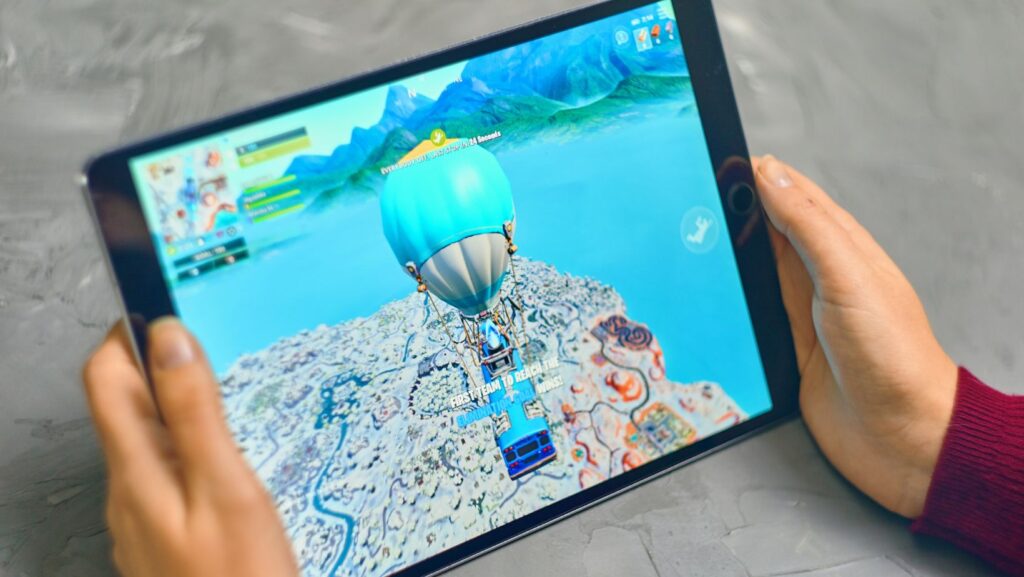Do you remember dial up internet and blocky, pixelated characters? The online gaming experience has evolved a great deal over the years, moving from simple digital play spaces to highly complex living worlds. A relatively niche activity has now become a significant global activity involving millions of gamers worldwide.
The massive increase in participation is not merely motivated by a higher number of players but rather by technology’s evolution. With every new piece of technology, we have applied fresh layers of paint and added depth to the experience that is taking the gaming industry by storm. The story of online gaming is a tale of constant upgrades. Everything from your internet speed to the power of the device that you are playing on has been customized to give you the best possible experience through impressive innovations.
Games now are not just looking better, but they are also completely transforming the way we play games, who we play games with and what we expect from them. They made video games easily accessible, more engaging and more connected than ever. Let’s look at how advances in technology are changing your online gaming experience.
The power of connectivity and infrastructure
A good online gaming experience needs to be quick at its core. When gaming became mainstream, lagging, freezing and dropped connections were the worst nightmares of every online gamer. Due to advancements in network technology and infrastructure, these frustrating moments are becoming increasingly rare. Switching to broadband internet and, more recently, to fiber optics has proved to be revolutionary. With speed advantages like this, it means your game data zips between you and the game server almost instantly. It is this quick sharing of data that makes multiplayer games feel realistic. When you click a button, your character will respond instantly, making it feel believable and immersive. If it were not for faster speeds, many of today’s online games would not exist. Playing a fast-paced shooter on a dial-up connection provides a terrible experience.
Apart from the home internet network, the global network infrastructure has witnessed massive improvements as well. There are now more data centers located around the globe and closer to players on a local level. This helps to lower the ping or latency. A lower ping means you are more directly connected to the server, which also increases your speed. This is particularly important for competitive players, where every millisecond counts. The companies that build these networks are always enhancing them too. They are laying down more fiber cables and working to enhance data routing to provide the smoothest route for game traffic.
Even though it is not widely available yet, 5G has lower latency and supports greater bandwidth. This suggests high-end online games will be playable on gaming phones and tablets with performance almost as good as a home console or PC experience. This creates amazing possibilities for live online gaming.
Graphics and immersion
The most obvious changes in video games are the visuals and the look and feel of the graphics. Most fantasy games today reflect the realistic world we live in. It is not just making things look nice, but making the experience immersive.
This is especially true in the iGaming world. Casino and sweepstakes mobile apps are built specifically for mobile processors, allowing for responsive graphics and smoother gameplay- something that most modern players are looking for in their gaming experience. Sweepstakes casinos, as thoroughly covered in guides by WSN, offer players highly detailed and visually rich experiences through their native apps or mobile-optimized websites, allowing users to clearly understand and test platforms before signing up.

The ability to engage with complex betting interfaces and high-fidelity slot and table games is streamlined because the heavy graphical and processing work is handled on powerful remote servers and streamed directly to the user’s device. This setup means players can enjoy a top-tier visual experience without needing a top-of-the-line smartphone or tablet, making it easier than ever to play on the go. These specialized computer chips process complex graphical calculations at very high speed. GPUs render all the leaves on a tree, all the ripples in water, all the flickering lights and everything else in the virtual world. As GPUs become more powerful, developers can create larger and more visually rich worlds that feel more real. Super high resolution and fast refreshing rates are also very important. Games on 4K monitors and TVs appear unbelievably sharp, with pixels seemingly indistinguishable from one another. When you add a high refresh rate of 120Hz or 144Hz, the screen refreshes many times per second, making games look very smooth and fluid. This cuts down on blur and makes it easier to track fast-paced action, adding to the feeling of being “in the game”.
New rendering techniques such as ray tracing are taking things even further. With ray tracing, we can achieve realism in how shadows and reflections occur. Virtual environments look more realistic than ever before thanks to this technology. When light bounces off surfaces and creates soft shadows, the same way as it may happen in real life, it enhances immersion tremendously. Games are also becoming more immersive thanks to better sound technology. 3D audio or spatial audio creates a sense of sound coming from a specific direction. It allows players to hear an enemy who is hiding on their left or the distant vocals of a monster who is a mile or so above them to get a fuller feel for the game.
Conclusion
Due to constant technological improvement, the online gaming experience has undergone an incredible revolution, from being a niche product to a global phenomenon. From unseen enhancements to internet speed and global network infrastructure to powerful graphics cards and ray tracing which deliver dazzling visual fidelity, just about everything has been improved. The way we engage with games as well as other players has also changed. We are experiencing smart matchmaking, solid dedicated servers and clever AI making experiences smoother. Apart from the gameplay itself, technology has allowed social gaming communities to thrive, leading to cross-play and calls for better accessibility to ensure more people can game! From basic online games to massive multiplayer online worlds, innovation has transformed gaming. There are more online gaming options now than ever, with bigger and better games. The future of online gaming is going to be much more thrilling and limitless because of technology.




